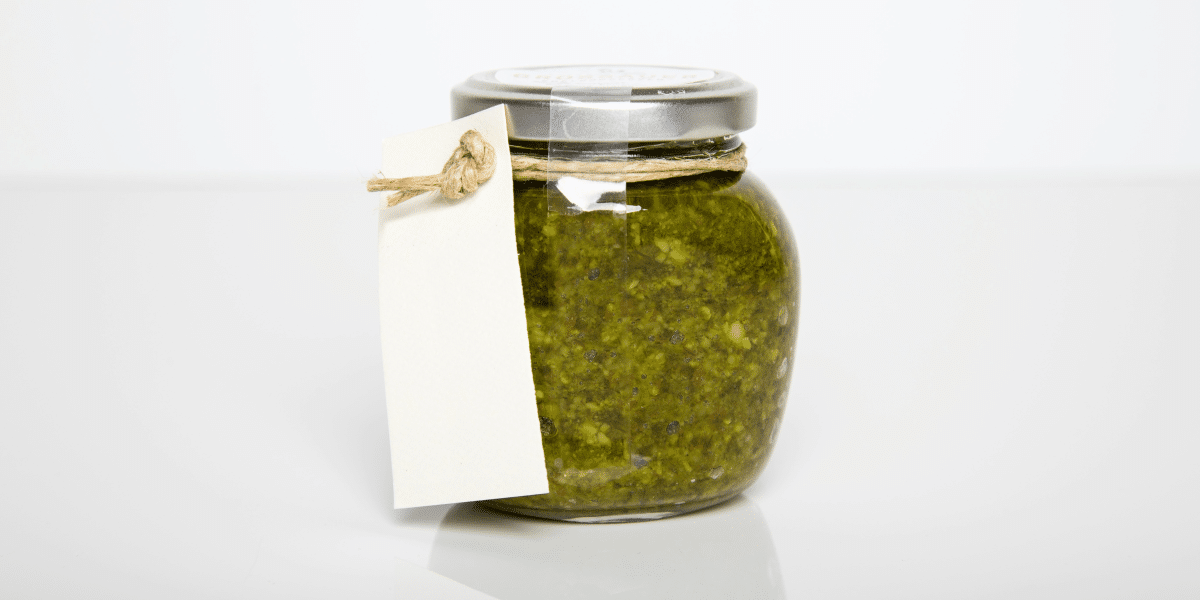Most of the time, customers have different indicators for identifying a product that suits their wants and needs. Some buy based on a brand name, while others prefer products with a modern and unique design label. Still, a majority of customers carefully choose products by checking the origin and ingredient list.
Although these two elements seem unimportant to a product’s success on the market, they’re significant for the customer to decide based on their socioeconomic, cultural, and health backgrounds. A person intolerant to gluten will avoid baked goods, pasta, and bread because consuming them would trigger symptoms of celiac disease, which leads to abdominal pain, fatigue, and anemia.
This is one of the most prominent examples of why people are interested in the ingredient list and the product’s origin. Unfortunately, little research has been done on the subject. Let’s see how these elements impact what people buy.
Ingredients are more important than the brand image
Considering the effects of climate change and stress on the human body, many consumers are looking to improve their diets by consuming healthier foods, whether fresh produce or ethically produced canned meals.
For example, when it comes to chocolate, people who want to be healthier are looking for cocoa ingredients to be at least 70% prominent in the final product. Despite being more bitter, this type of chocolate is the best for a thriving life.
If we continue with the same chocolate example, we can assume that there are a few massive brands that everyone buys because they’re great competitors and established their brand extremely well among other chocolate companies. However, consumers discovered that many are adding way too much sugar to the chocolate or, even worse, are not ethically producing, manufacturing, and supplying the cocoa beans.
Hence, the end consumer wants a chocolate product whose production process does not interfere with human rights or common sense. Many are becoming more selective when deciding on a product based on what it says on the label. The customer needs to understand the label without much effort, so checking out transparent and reliable products on ofi.com is best for finding good chocolate.
Customers Demand Clean Labels
The global market must be up-to-date with the latest consumer trend: clean labeling, which shows that the product uses natural ingredients, is free from additives, and does not harm the environment. As the regular consumer could access more information on the matter, clients decided that foods full of additives, preservatives, and synthetic ingredients are not healthy for them, and, despite their low costs, they’re not a good choice for the long term.
For example, many food additives are used in most consumable products, but research has found that a higher intake of these elements leads to several health problems. Sodium Nitrite, for example, is frequently present in processed meats due to its antibacterial features, but some studies have associated its consumption with developing several types of cancer. Bacon, sausages, and hot dogs should be eaten in moderation.
Considering this aspect, the rise of clean-label food additives ensures customers have a choice in what they eat. Natural flavors, plant-based preservatives, and clean-label emulsifiers are trending, and they’ve been keeping up with the strict regulatory landscape for the food industry.
Consumers Prefer Local Products to Imported
A more recent study showed that customers value the origin of the product they wish to buy. Most will turn to domestic products, even if they cost more than imported ones, despite the type of product. Interestingly, there are many reasons why this happens now after only international food products have hit the world’s countries.
First, people are concerned about the environment and want to know that the meals they eat have not caused droughts, unethical animal growth, or contributed to consumerism. We’ve seen that the weather is getting more extreme by the year, so buying locally and ethically produced foods might help slow down the process.
At the same time, people want to sustain their local economy because the net income of small businesses that develop and sell such products contributes to the spot’s economic flourishment. Many view local products as “better” because their quality and safety are superior to imported products, which business owners carefully manufacture and transport.
Some of These Products’ Labels Should Be Checked Thoroughly
While buying local food and produce is best, sometimes the consumer cannot afford it, whether we consider financial or location challenges. Therefore, people must be wary about the foods they buy, but some products are hazardous if not checked properly.
For example, yogurt is only healthy when it’s free of too much sugar, doesn’t have many ingredients, and has live cultures or good bacteria. On the other hand, frozen foods are more challenging to find as healthy products because identifying the proper ingredients is challenging. Such packaged meals are full of saturated fats and high sodium levels, which can mess up your current heart disease or trigger its development.
You should also watch out for these foods:
- Sometimes, French fries were in contact with wheat;
- Bread is susceptible to high levels of sodium;
- Smoothies are loaded with sugar and syrups;
- Salad dressings have sodium, saturated fats, and sugar;
Mitigating the Challenge of Eating Healthy
While companies are struggling to keep up with customer demands, it’s important to note that people struggle with finding proper foods and ingredients, especially since many are faced with food intolerances. There are numerous factors to consider regarding people’s limited choices, such as location, budgets, diseases, and supply chains, so despite having such a massive number of different products, they’re not adequately developed for the end consumer.
Do You Check the Label Before Buying a Product?
An increasing number of buyers are checking the label of the food they consume because they want to live a healthier lifestyle. Most are verifying the origin of the product as they prefer local foods, while others are identifying the good and bad ingredients in foods. These trends influence the food industry, as companies must be more wary about their sources and ways of producing meals and products.
Published by: Nelly Chavez

















